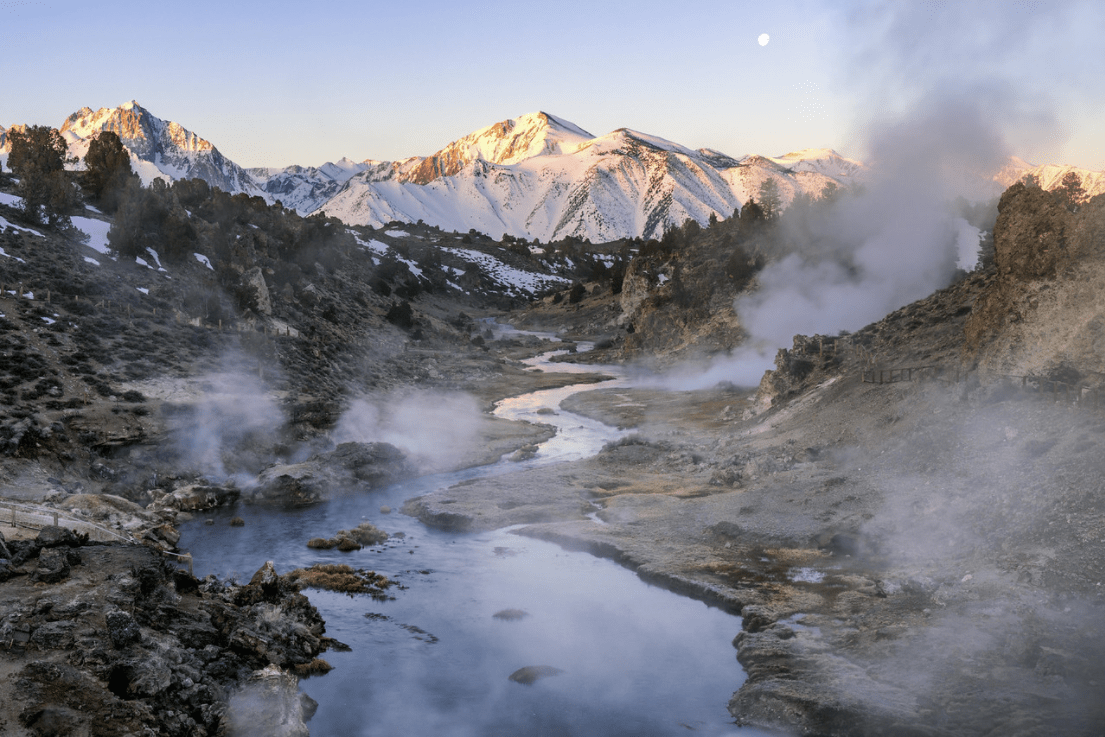You are here
John Muir was the environmental movement's prophet-naturalist and one of its most significant advocates, and behind his work is a consummate adventurer whose tireless advocacy was the byproduct of a life on foot, in the woods, engorged by a scenic beauty. Until his death in 1914, John Muir was an adventurer of the first order—and had his adventure gone according to plan, we may have never heard of him.
Born April 21, 1838, in Dunbar, Scotland, to Daniel Muir and Ann Gilrye, John was the third of eight children. The course of Muir’s life was altered by an accident while working in Indianapolis in March of 1867. As he used the sharp end of a file, it slipped and struck his right eye, piercing it at the edge of the cornea. The injury confined him in total blindness to a darkened room for four weeks, a watershed moment in Muir’s life in which the wandering naturalist who founded the Sierra Club was born. Within six months his eyesight improved, and he set out on foot on a journey from Kentucky to Florida by the “wildest, leafiest, and least trodden way” he could find. “I bid adieu to mechanical inventions,” he wrote, "determined to devote the rest of my life to the study of the inventions of God." His journey would ultimately lead him to California, Yosemite Valley, and a lasting environmental legacy that includes sprawling works of naturalist writing, the founding of the Sierra Club, and a career of advocacy that led to the creation of Yosemite National Park.
"John Muir is remembered primarily as a no-nonsense conservationist and the founding president of the Sierra Club,” writes John Krakauer in Into the Wild, "but he was also a bold adventurer, a fearless scrambler of peaks, glaciers, and waterfalls whose best-known essay includes a riveting account of nearly falling to his death, in 1872, while ascending California’s Mt. Ritter.” He eschewed sex and romance, in Krakauer’s words, for a yearning only quenched by rough congress with nature. He walked to the Gulf of Mexico. He explored the wild Alaskan frontier of the 19th century on foot and often alone, an early Westerner to visit the likes of Glacier Bay. “Of course,” writes Michael P. Branch in John Muir’s Last Journey, “Muir was also a gifted mountaineer whose many climbs, whether into a Douglas-fir crown in a windstorm, behind a Yosemite waterfall by moonlight, up the sheer face of Mt. Ritter alone, or along the dark, snowy shoulders of Mt. Shasta, have become legendary.”
Had Muir’s travels gone according to plan, the legacy of preservationism for which he is known may never have been the same. His forty years of advocacy in the High Sierra of California were in fact a mere detour, albeit significant, of a journey he planned and put off year over year for more than four decades. Muir never intended his seminal walk in the American South to end at the Gulf of Mexico; on the contrary, global travel was his goal, and Muir intended to continue his southern journey by sea to South America. An homage to Alexander von Humboldt, it was Muir’s goal to land on the shores of South America and hack his way to the Amazon River, where he would float the great river from source to sea.
Were it not for a malarial sickness that forced Muir to change his plans, sailing north to New York before booking passage to California, the face of environmentalism may never have been the same—but we are certain that the legacy of intrepid adventure for which John Muir is known would remain intact.
“Tramp” is the word that John Muir used to describe himself. Absent of all the achievements in environmentalism and his prolific naturalist works, Muir was at his soul a wanderer of the woods. Today, building a life by Muir’s example is easier than ever, though the lands Muir once wandered have been irrevocably changed. For a man who traveled alone through the Yosemite wilderness with a tin cup, a loaf of bread, a copy of Emerson, and a handful of tea, the inspiration for a life in the outdoors requires only the will to adventure.
Want to celebrate John Muir? See Aron Bosworth's 8 Fitting Places to Celebrate John Muir.
#LessIsMuir
In honor of John Muir's 179th birthday on April 21, 2017, we hosted our first #LessIsMuir contest (both on Instagram and on this post) - which resulted in several winners chosen at random, as well as a Staff Pick. All winners received an Outdoor Project Less Is Muir t-shirt in the mail to rock on their upcoming adventures! Thank you to everyone who participated, and we hope everyone got outside, into the mountains, and enjoyed some fresh air in remembrance of Mr. Muir and his legacy!
We are excited to present the staff pick from @optimal_focus, with a beautiful shot of Hot Creek Geological Site in the eastern Sierra:






Comments
I couldn't decide on just one ;)
Sign In and share them.